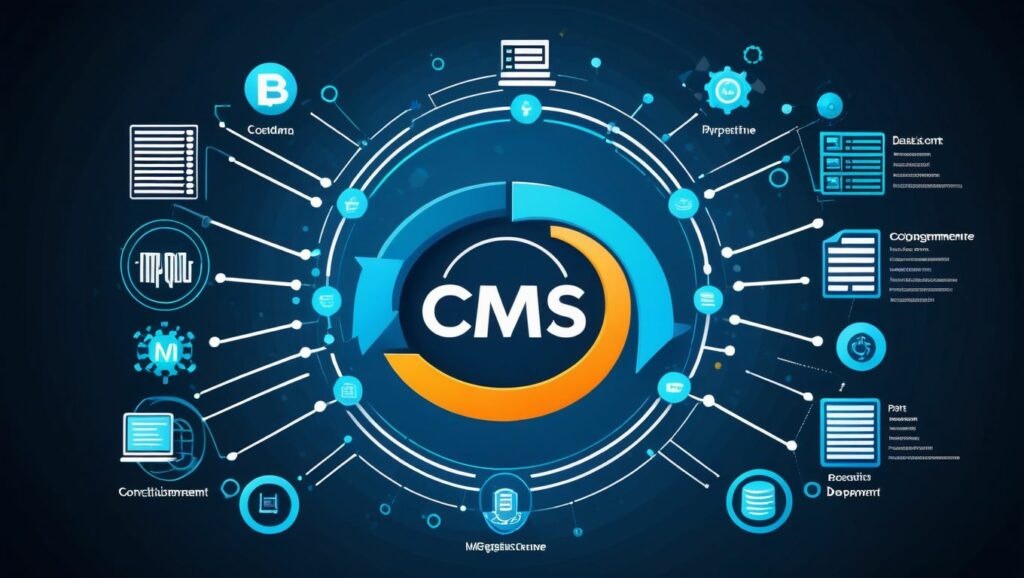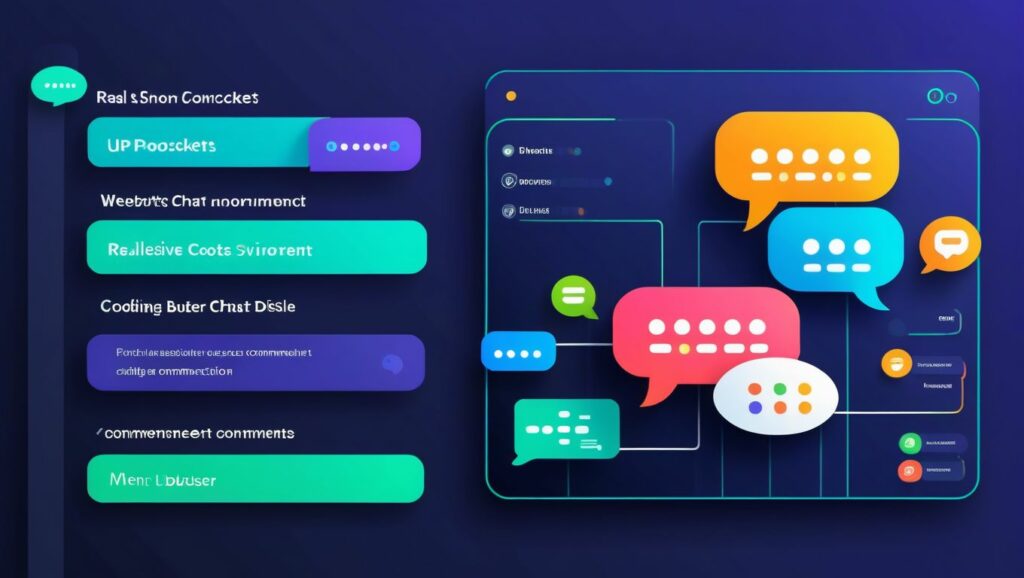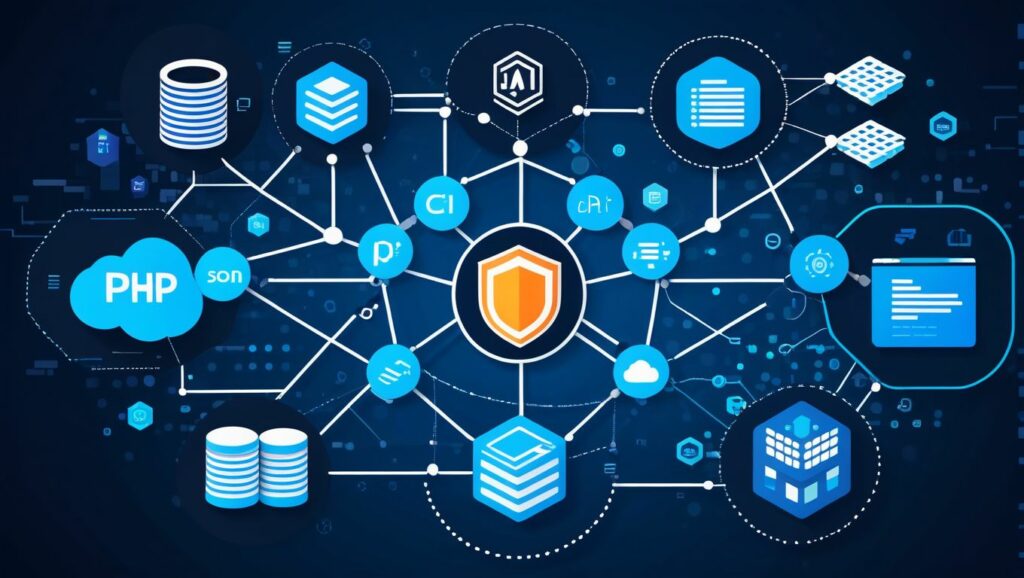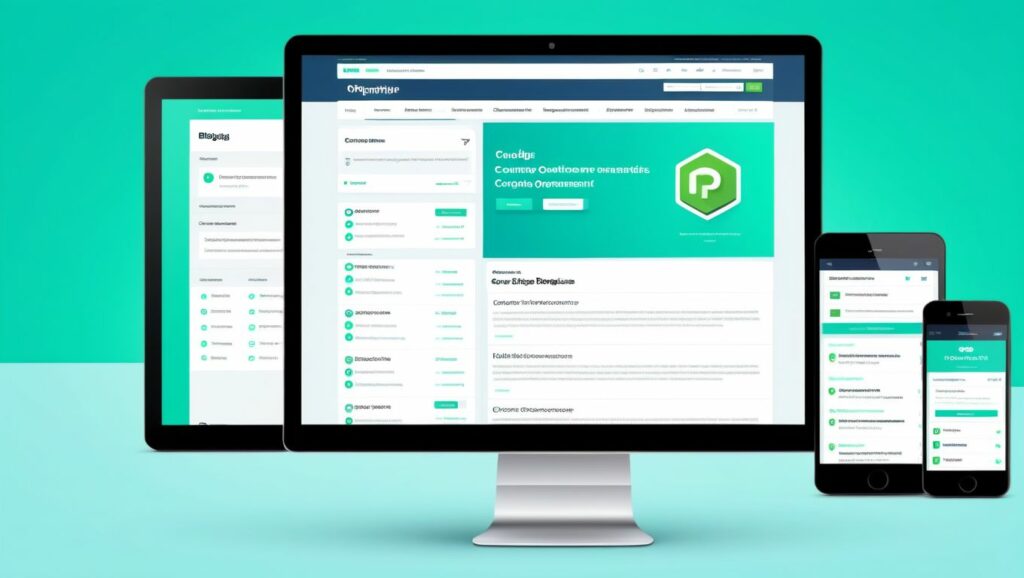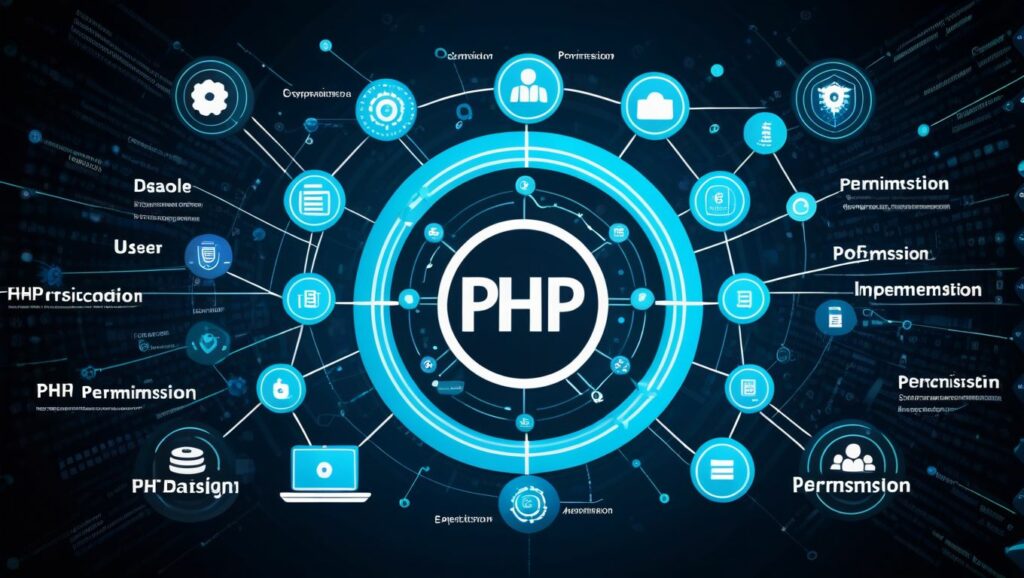DevOps isn’t just a buzzword—it’s a revolution in the way teams build, test, and deliver software. If you’re curious about what DevOps is, how it works, and how to get started, you’ve come to the right place!
In this blog, we’ll explore the fundamentals of DevOps, its key practices, tools, benefits, and how you can implement it in your organization. Ready to transform your workflow? Let’s dive in! 🔧
🌟 What is DevOps?
DevOps is a cultural and technical movement that aims to bridge the gap between development (Dev) and operations (Ops) teams. It focuses on collaboration, automation, and continuous delivery to enable faster and more reliable software deployment.
Imagine this scenario: Developers push code changes, but operations teams struggle to deploy them due to misconfigurations or testing delays. DevOps eliminates these silos by fostering a collaborative approach where everyone works toward a common goal—delivering value to customers.
📈 Why DevOps Matters
The shift to DevOps is not just about tools—it’s about improving the software delivery lifecycle. Here’s why organizations love it:
- Faster Time to Market:
Deliver features, fixes, and updates at lightning speed. ⚡ - Improved Collaboration:
Break down barriers between teams for smoother workflows. 🤝 - Better Quality Software:
Automate testing and deployment for fewer bugs and more reliable releases. 🛠️ - Higher Efficiency:
Automate repetitive tasks to free up time for innovation. 🤖 - Enhanced Customer Satisfaction:
Respond quickly to customer needs with faster rollouts. 🚀
🛠️ Core Principles of DevOps
1️⃣ Automation
Automate repetitive tasks like code testing, integration, and deployment. Tools like Jenkins, CircleCI, and GitLab CI/CD are essential.
2️⃣ Continuous Integration/Continuous Deployment (CI/CD)
- CI: Automatically test and integrate code changes into the main branch.
- CD: Deploy those changes to production with minimal manual intervention.
3️⃣ Infrastructure as Code (IaC)
Manage and provision infrastructure using code. Tools like Terraform and Ansible let you version-control infrastructure just like application code.
4️⃣ Monitoring and Feedback
Use tools like Prometheus, Grafana, and ELK Stack to monitor applications and gather insights for continuous improvement.
5️⃣ Collaboration
Adopt agile practices, encourage shared responsibilities, and foster a culture of trust.
🌈 The DevOps Lifecycle
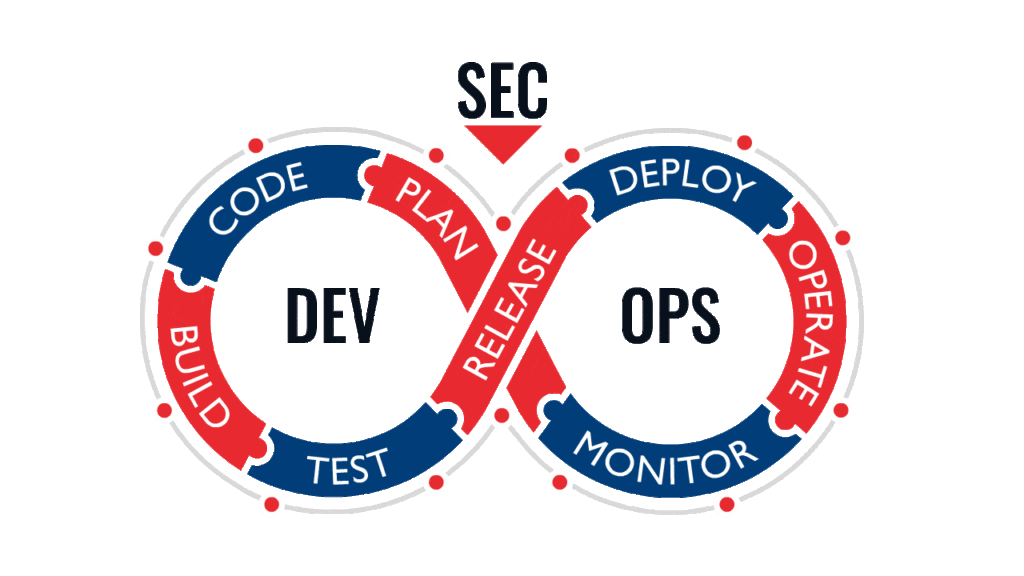
The DevOps lifecycle consists of the following phases:
- Plan: Define requirements and tasks using tools like Jira or Trello.
- Develop: Write and version-control code using Git.
- Build: Compile code into executable artifacts using Jenkins or Azure DevOps.
- Test: Automate testing to catch bugs early with Selenium or JUnit.
- Release: Package and prepare the application for deployment.
- Deploy: Automate deployment using Kubernetes or Docker.
- Operate: Monitor application performance and availability.
- Monitor: Gather feedback and continuously improve.
🛠️ Popular DevOps Tools
Here’s a cheat sheet of tools to kickstart your DevOps journey:
| Category | Tools |
|---|---|
| Version Control | Git, GitHub, GitLab |
| CI/CD | Jenkins, CircleCI, GitLab CI/CD |
| Containerization | Docker, Podman |
| Orchestration | Kubernetes, OpenShift |
| Configuration Management | Ansible, Puppet, Chef |
| Monitoring & Logging | Prometheus, Grafana, ELK Stack |
| IaC | Terraform, AWS CloudFormation |
🔧 How to Implement DevOps
- Adopt a DevOps Culture
- Foster collaboration between development and operations teams.
- Break silos and encourage open communication.
- Automate Everything
- Start with CI/CD pipelines to streamline development.
- Automate testing, deployment, and infrastructure provisioning.
- Leverage Cloud Services
- Use AWS, Azure, or Google Cloud for scalable infrastructure.
- Monitor and Optimize
- Continuously monitor application performance and address bottlenecks.
- Iterate and Improve
- Gather feedback and refine processes over time.
🌟 Benefits of DevOps
- 🕒 Faster Delivery: Accelerate development cycles and respond to market changes quickly.
- 🔄 Continuous Improvement: Continuously refine processes for better results.
- 🔧 Higher Reliability: Deliver consistent, reliable, and bug-free software.
- 🌍 Scalability: Handle increasing demands without breaking a sweat.
- 🎯 Customer Focus: Shift focus from firefighting to innovation.
🌐 Challenges in DevOps and How to Overcome Them
- Resistance to Change:
- Solution: Conduct workshops and communicate the benefits of DevOps.
- Skill Gaps:
- Solution: Provide training and certifications for team members.
- Tool Overload:
- Solution: Use only essential tools and standardize processes.
- Cultural Barriers:
- Solution: Foster a culture of collaboration and shared ownership.
🔮 The Future of DevOps
DevOps is here to stay, but it’s evolving. Here’s what’s next:
- 🌟 AI-Driven DevOps: Automate complex tasks with machine learning.
- 🚀 DevSecOps: Integrate security practices into DevOps pipelines.
- 🌍 Edge Computing: Support applications closer to users for reduced latency.
- 🌱 Sustainable DevOps: Optimize for environmental efficiency.
📚 Resources to Master DevOps
Books:
- The Phoenix Project by Gene Kim, Kevin Behr, and George Spafford.
- Accelerate: The Science of Lean Software and DevOps by Nicole Forsgren et al.
Certifications:
- DevOps Foundation Certification.
- AWS Certified DevOps Engineer.
- Docker Certified Associate.
Learning Platforms:
- Pluralsight, Udemy, and Coursera.
🌟 Final Thoughts
DevOps isn’t just a methodology—it’s a mindset. It empowers teams to collaborate, innovate, and deliver exceptional software faster and more efficiently. Whether you’re a developer, an operations professional, or a business leader, adopting DevOps can transform your workflows and drive success.
The future is DevOps. Are you ready to embrace it? 🌈💻
💬 What’s your experience with DevOps? Share your thoughts in the comments below! 👇







